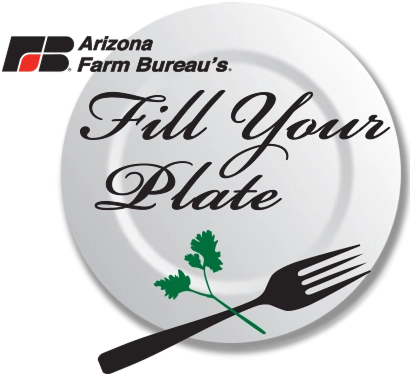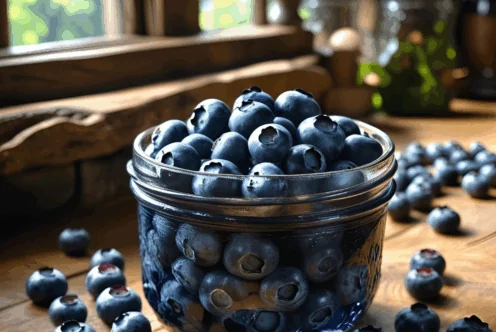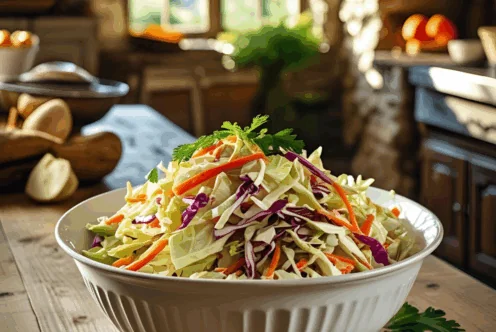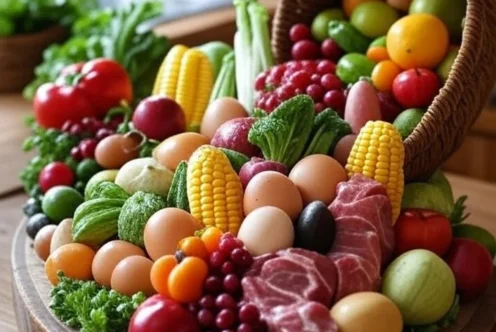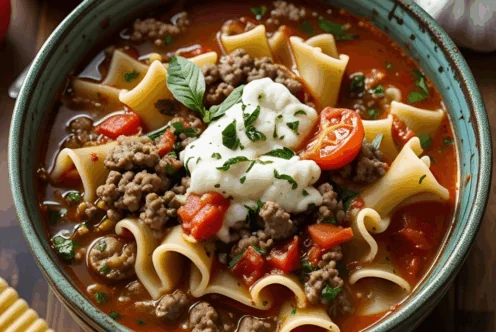Blog
Fill Your Plate With Cauliflower!
By Kevann Jordan, Recent ASU Nutrition Student
Let’s talk about yet another cruciferous vegetable that Arizona produces plenty of, cauliflower. Most people overlook cauliflower because they have the misconception that the white plant does not pack the same amount of nutrients that other green cruciferous vegetables do. This is simply not true. Cauliflower is just as rich in phytonutrients, especially glucosinolates, as other vegetables.
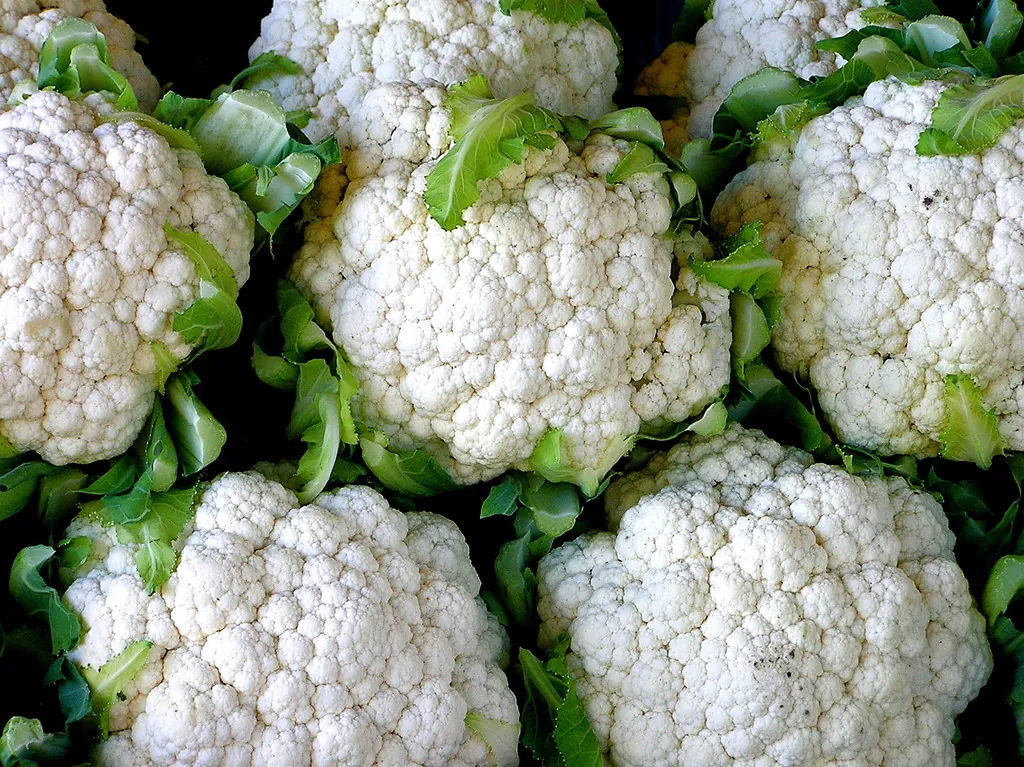
Cauliflower contains a list of glucosinolates: glucobrassicin, glucoiberin, glucoerucin, glucoraphanin, neo-glucobrassicin, progoitrin, sinigrin, 4-hyroxyglucobrassicin, 4-methoxyglucobrassicin. Cauliflower also contains beta-carotene, beta-cryptoxanthin, caffeic acid, cinnamic acid, ferulic acid, quercetin, rutin, and kaempferol and copious amounts of vitamin C. In fact, cauliflower is the 10th best source of vitamin C the top 100 Vitamin-rich foods available. All these nutrients are in just the standard white cauliflower. In the purple cauliflower, there are even higher levels of antioxidants produced.
Because of its ability to bind bile acids, intake of cooked cauliflower has also been linked to better regulation of blood cholesterol. In one study focusing on the intake of broccoli, cabbage, cauliflower, and Brussels sprouts in middle-aged women, incidence of obesity was reduced when women in the study increased their servings over time by about 3 servings per day.
One final note on temperature and the health benefits of cauliflower. A recent study on the freezing of cauliflower has shown its nutrients to be fairly stable after one-year freezer storage. Cauliflower in the study was blanched in near-boiling water for three minutes prior to freezing for one year. Numerous phytonutrients were evaluated in the study, including cauliflower’s sulfur-containing compounds. While nutrients levels were typically reduced after one year of freezer storage, loss of nutrients typically averaged about 15-35%. Although one can strongly support the purchase of fresh vegetables—including cauliflower—whenever possible, frozen cauliflower may make a second-best option in some meal plans.
Very few people realize that there are 15 varieties of Cauliflower available.
Cauliflower is generally thought to be native to the general Mediterranean region. Its history dates back over 2,000 years. It’s interesting to note that varieties of cauliflower were not always selected to include a large, compact head (or “curd”) and that in many regions of the world, cauliflower crops still do not focus on those varieties. “Loose curd” cauliflower, for example, is widely enjoyed in many areas of China. Roughly speaking, “loose curd” cauliflower can be considered as comparable to broccoli raab—a form of broccoli that also lacks a large compact head and features longer stems and leaves.
Among cruciferous vegetables in general, cauliflower is not nearly as popular in the U.S. as in other parts of the world. While the U.S. is the world’s largest producer of broccoli, when it comes to cauliflower, it is not remotely close to China or India, which produce 74% of the world’s cauliflower. Given the remarkable nutritional benefits of cauliflower, we hope that this pattern will change over time and the cauliflower will become a more widely enjoyed cruciferous vegetable.
A new trend I have noticed is something called Cauliflower Rice. I have supplied the recipe that I have tried and hope you will enjoy this optional ‘Rice’ option with dinner one night this week.
Roasted Cauliflower “Rice” with Garlic and Lemon
Total Time: 30 minutes
Ingredients:
- 16 oz. riced cauliflower
- 1 tablespoon olive oil
- 3 cloves garlic, chopped
- 1/2 teaspoon kosher salt
- 2 teaspoons fresh chopped parsley
- 1 teaspoon fresh lemon juice
Directions:
- To cut the cauliflower into rice: Remove the core and coarsely chop the cauliflower into florets, then place the cauliflower (in 3 or 4 batches) in a food processor and pulse until the cauliflower is small and has the texture of rice or couscous – don’t over process or it will get mushy. Set aside and repeat with the remaining cauliflower.
- Preheat oven to 425F. Spray a large sheet pan with oil. Combine the riced cauliflower, olive oil, garlic and salt on the prepared sheet pan, spread out in a single layer and roast in the oven 25 minutes, mixing halfway until golden.
- Remove from oven, top with fresh lemon juice and parsley. Makes 1 1/2 cups.
Enjoy!!
If you enjoyed this article be sure to check out the Fill Your Plate blog for more amazing and informational articles. Or if you’re looking for more recipes check out the Fill Your Plate recipe section for something the whole family will love!

